Affiliate links on Android Authority may earn us a commission. Learn more.
Flashbacks and Forecasts: HTCin 2017
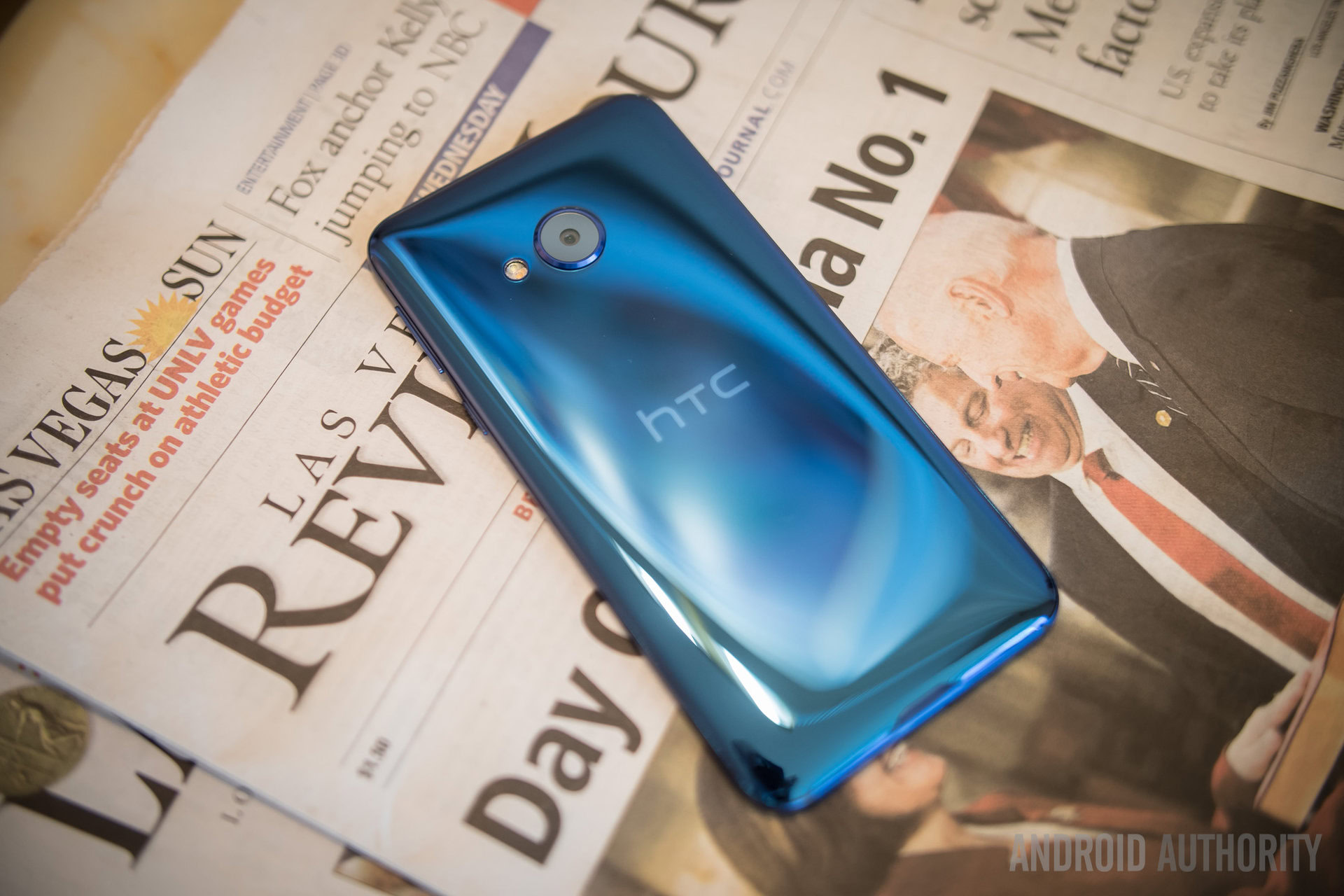
Putting a highly questionable 2015 behind it, 2016 was proposed as a fresh start for HTC, with ventures into virtual reality with the Vive and a revamped HTC 10 promising big new things. Tough market conditions had seen the company post successive quarterly losses, but there was a sense of hope that 2016 would be different. In the end, there was many a split verdict on the company’s flagships and broader phone launches last year, but virtual reality is looking like a bright horizon this year.
Join us as we recap what HTChas been up to in the last year, and what’s likely in store for us in 2017.
2016: new frontiers and familiar problems
Breaking from its traditional MWC unveiling, consumers had to wait until April to see what the fabled revamped flagship would bring to the table. The HTC10’s design didn’t turn out to be the major departure from the familiar that some had hoped for, but tweaks to the aesthetics and improvements to some of the One M9’s flaws was enough to earn the HTC10 a positive reception from industry pundits and almost universally positive reviews.
The HTC10 arrived with a Snapdragon 820 processor, 4GB RAM, a new 12MP rear camera with optical image stabilization, and the familiar Boomsound, Sense UI, and Quick Charging features. Certainly a well rounded flagship, even if wasn’t pushing the boat in terms of design when compared with some manufacturers.
[related_videos align=”center” type=”custom” videos=”727950,695282,691896,690300,686764″]
However, consumers seemed to disagree with the industry’s take on the handset and early sales indications for the HTC10 turned out to be a major disappointment, particularly in the highly competitive Chinese market. The company’s Q2 financial results eventually revealed the full extent of the problem, with a huge fall in company income and a fifth consecutive quarterly loss, and come the end of the year it was quite clear that 2016 was a particularly poor year for company turnover. It seems that HTCjust simply wasn’t able to sell enough phones last year.
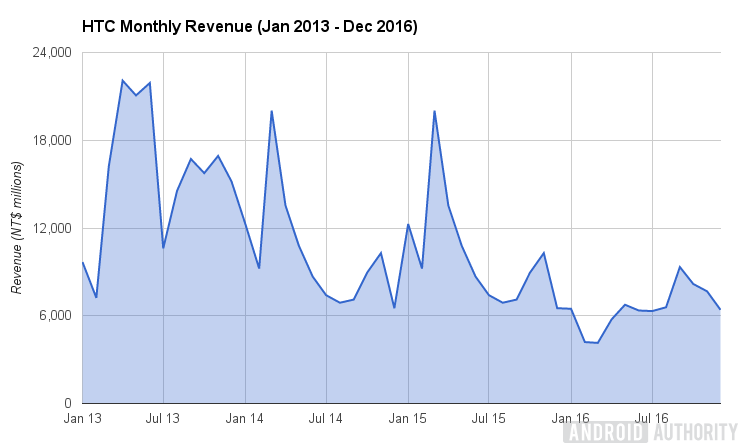
Continued financial woes
The company’s continued poor performance led chairwoman Cher Wang to issue an apology for the close to half-billion dollar loss posted in the previous financial year. By this point smartphone sales were showing small signs of improvement, with the HTC10 said to be turning a profit and interest in other HTCdevices apparently improving. The company’s third quarter results painted a slightly better picture, with September’s year-on-year revenue showing a growth of 31 percent. Looking over the yearly data reveals a much less pleasing picture however, with many months fluctuating between 25 and 79 percent falls in revenue compared with 2015, and the company’s profit margins unfortunately remained in the red.
Cher Wang also used the shareholders meeting in the first half of the year to announce additional investment into virtual reality. It became increasingly clear that the company was planning to bet big on the fledgling industry and its Vive VR headset for the remainder of the year, which was just beginning to land in consumer hands. In April, the company boldly predicted that VR will overtake smartphone sales in just four years and, based on the company’s handset sales trend, this might not be far off the mark.
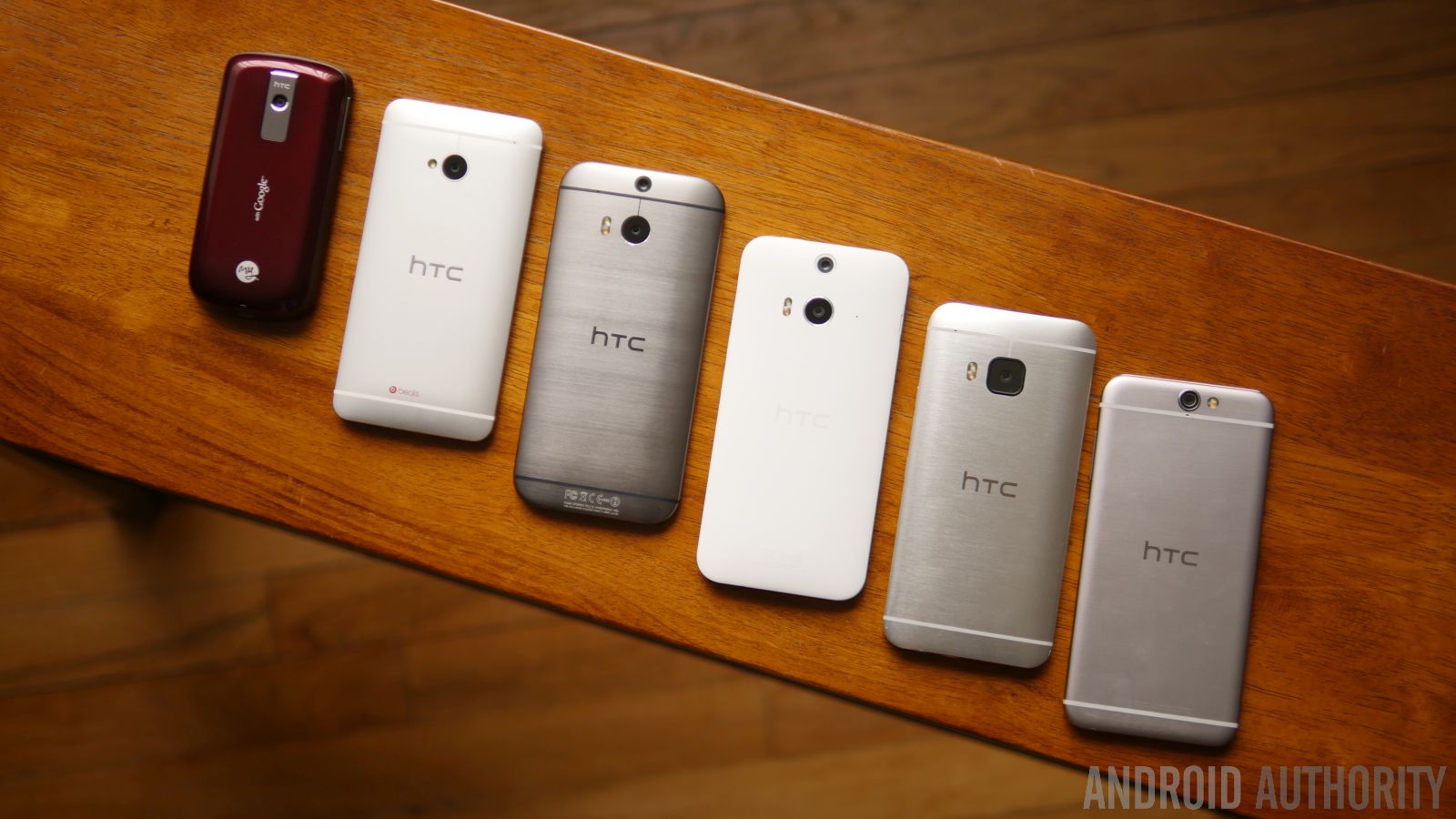

Virtual reality hit the mainstream
2015 oversaw the build up of much hype about virtual reality and 2016 was the year that consumers finally got to play with it. HTCunveiled the Vive back at MWC 2015, but it wasn’t until April 2016 that the headset finally went on sale. The Vive’s freedom of movement and controllers gave the handset a unique selling point over the Oculus Rift and PlayStation VR, but the $799 price point and limited stock proved prohibitive for many.
Even so, this steep price point wasn’t proving a problem for HTC. Early adopters snapped up the handset, leading to 15,000 units sold in the first 10 minutes and reports suggested that almost 100,000 headsets had been sold by early July. Not bad for a niche product that was only ever expected to sell in small numbers in its first year. Come October, the company states that it had sold 40,000 headsets in the past two months, and the handset is believed to be the second best selling VR headset of 2016.
Of course, 2016 has seen the ecosystem for virtual reality applications and the Vive expand rapidly, which is increasing their appeal. One the developers side, early 2017 has seen reports that developers are continuing to prefer creating content on the Vive than on any other VR platform, which obviously bodes well for the ecosystem.
Many more phones, but no game plan
The latter half of 2016 saw HTCrepeat it’s often irritating practice of releasing too many spin-off handsets, some of which undermined its other launches and others that didn’t appear to offer consumers much to be excited about at, if they were even available in your country.
To reel off a quick list, 2016 saw the launch of the HTC 10 Lifestyle, Bolt (10 evo), Desire 10 Pro, Desire 830, 825, 630, and 628, the One X9, One A9s, the One M9 Prime Camera Edition, and that’s not even all of them. Not forgetting that early 2017 saw the release of the U Ultra and U Play as well, which are looking to get a headstart on the major flagship announcements coming in the next few months.
HTC’s strategy appeared to be to tailor at least some of these handsets to specific markets, offering up features like extra RAM, tweaked camera technology, or even cut down lower priced processing hardware to suit the demands of the region. While sensible on paper, HTC’s staggered and often quiet announcement routine, combined with a lack of a decent naming strategy makes it rather more difficult than it should be to keep track of which models come packing the latest and greatest features. Unfortunately for the company, none of these handsets managed to make a mark against competitively price flagships and budget orientated models from lower cost Chinese manufacturers.
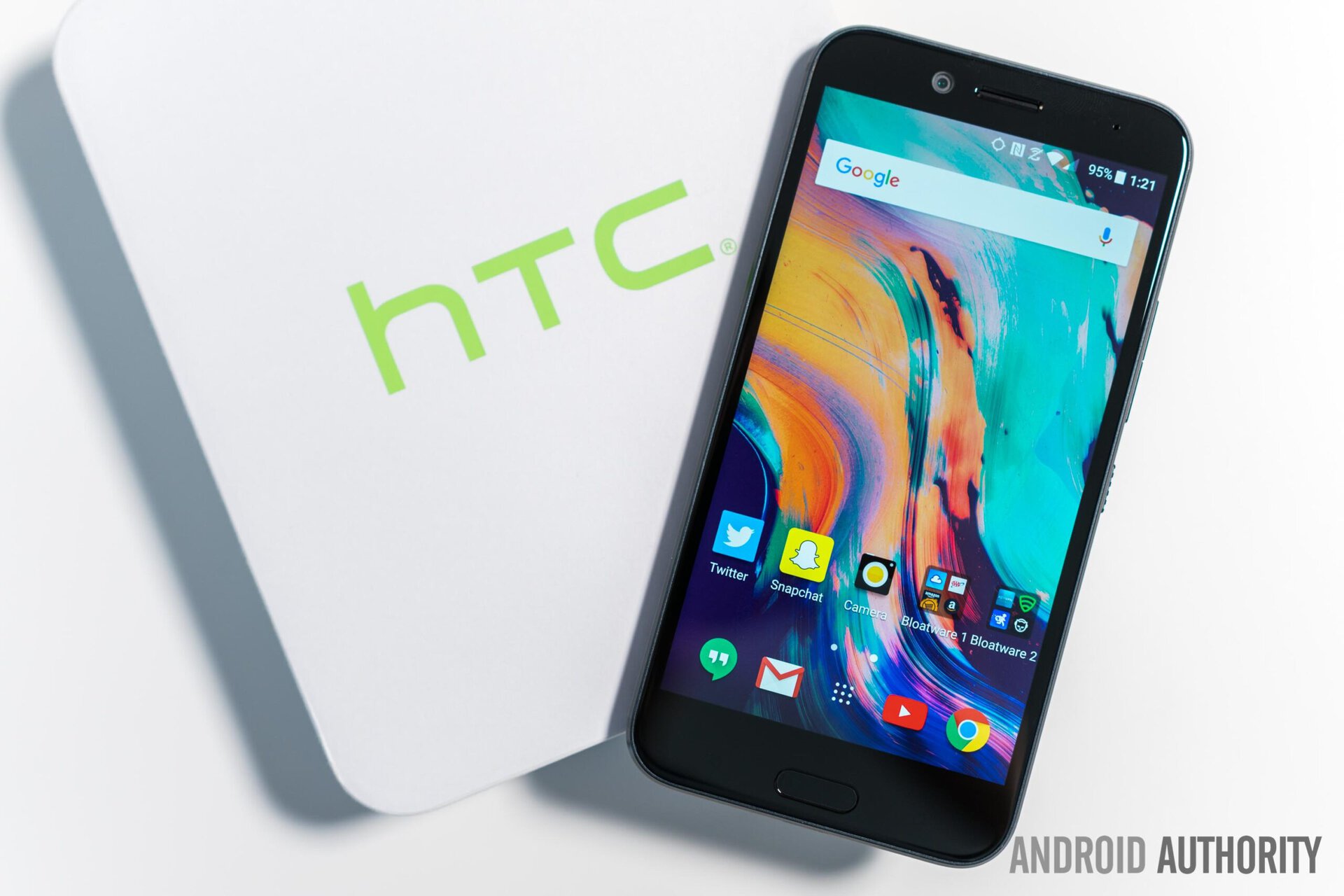
2017: The make or break year?
HTC has been hanging on in the smartphone market for a couple of years now, but there’s only so long that the manufacturer can continue to make a loss. If it wasn’t for the company’s huge cash reserves, HTCprobably would have exited the smartphone market already. We’ve all been hoping for a revival in 2013, 2014, and 2015, and even 2016 didn’t provide the answer that fans and the company were looking for. It goes without saying that the HTC11 needs to build on the slight change in direction that we saw with the 10, and it needs to go further and faster if the OEM is to grab any momentum this year.
2017 looks to be shaking up the familiar flagship release cycle, as Qualcomm’s Snapdragon 835 looks to be delayed quite considerably. The early launch of the U Ultra could play to the company’s favor if new phones from LG and Sony also arrive with Snapdragon 821 processors. If the HTC11 waits until the 835 is ready before making an appearance, then the company could be in a strong position. This seems to be the plan that HTChas recently indicated, which also meaning that the phone won’t step on the toes of the U Ultra. Of course, we’re going to want to see more innovations too, with camera, display, and the aesthetic design all moving on to push HTCto the front of the market, rather than playing catch up to other OEMs.
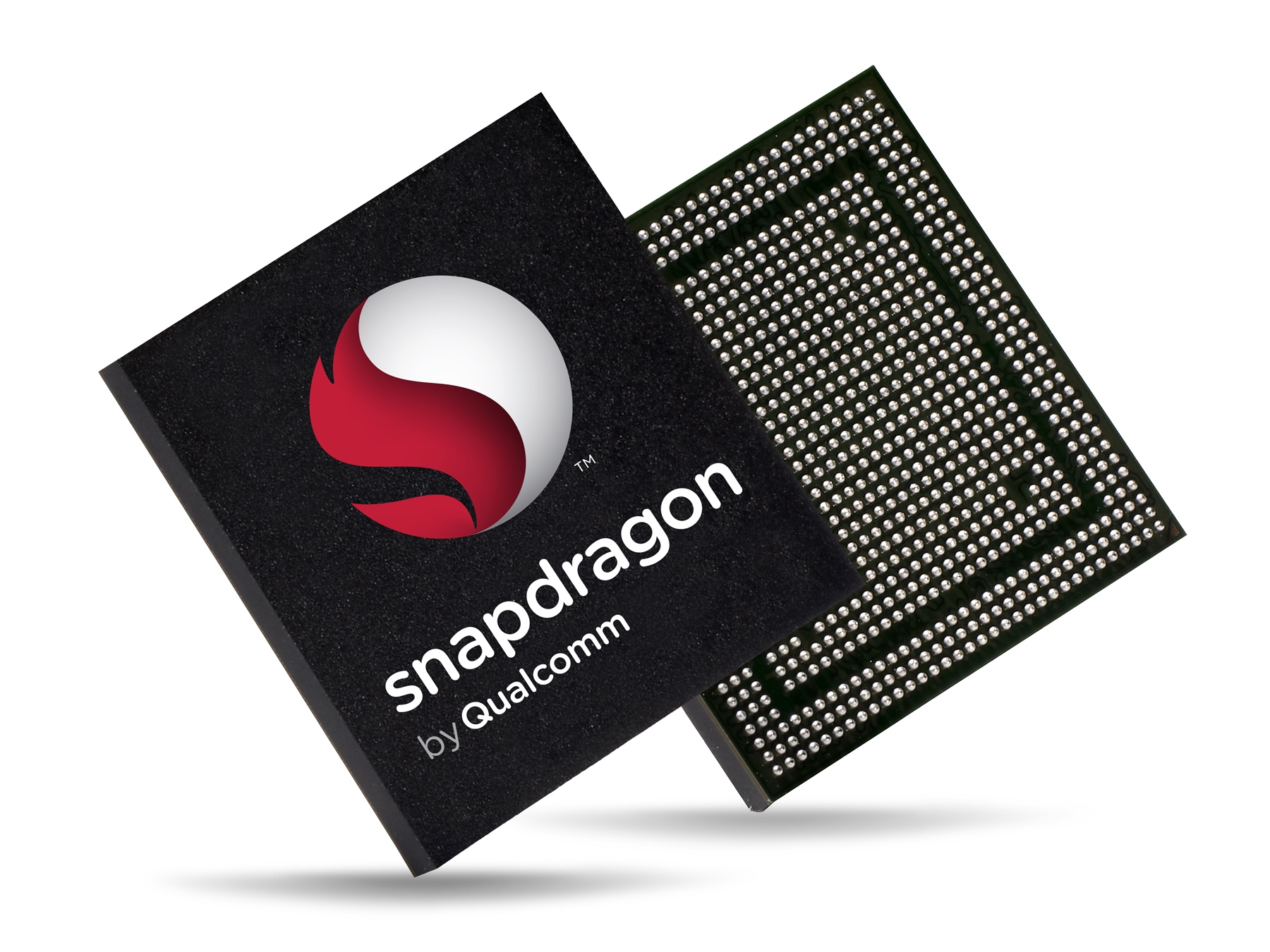
There’s certainly opportunity abound this year, but a misjudgment here could resign HTCto further insignificance in the global markets. Especially as lower cost flagships continue to close in on the typical flagship feature set. As I’ve said before, HTCneeds to launch a product that it can really market to tech fans and more casual consumers, with a unique design and selling point that really stands out from the crowd.
Going big on VR
Outside of smartphones, HTCappears to be pulling ahead in the virtual reality market and we’re almost certain to see an even bigger focus on the Vive in 2017. There’s been no real word about whether or not a second generation Vive headset is in the works for release in 2017, but new developments in wireless display transmission could see an accessory and/or updated model make its way to the market at some point.
Regardless, we can certainly expect plenty of additional investment into VR development and research this year. HTC has already announced a $10 million fund to work with the United Nation’s Sustainable Development Goals this month. The company has also unveiled its Vive Tracker device at CES 2017, which could open the door for plenty of third party accessories that work with the Vive and could turn out to be a nice earner if the Vive can keep up its momentum.
If smartphones continue to take a dive this year, it’s not implausible to see HTCeven giving up on smartphones completely to focus on the growing VR industry.
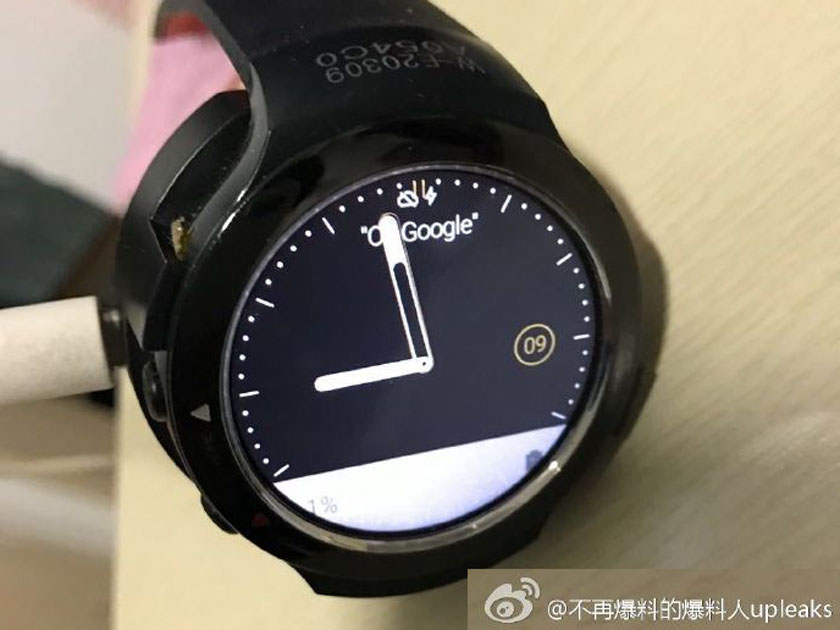
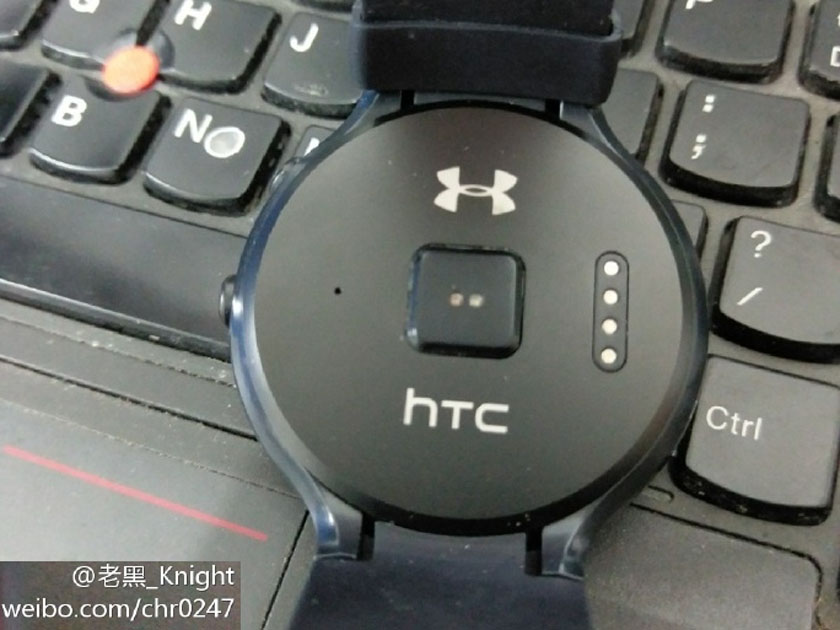
Finally a smartwatch?
HTC is one of the few well known handset manufacturers to have avoided releasing a smartwatch so far, but given the segment’s lackluster sales figures this was probably a smart call. Unfortunately HTChas confirmed that it won’t be releasing an Android watch “in the short term”, despite the appearance of some convincing leaked images and the arrival of Android Wear 2.0.
Still, this doesn’t rule out that we won’t see an HTCsmartwatch unveiled at some point this year, perhaps later in the closing quarter. We don’t exactly know what’s holding HTCback, be it hardware or software, but the company seems keen not to release a product until it has created something that offers a truly compelling user experience. It’s certainly a long shot, but hopefully the HTCsmartwatch will be a game changer, if it ever arrives.
Wrap Up
HTC remains one of the most interesting and beloved manufacturers in the Android ecosystem, even though the company has long since fallen out of the big 10. There’s still a lot of passion among HTCfans and many a consumer is eagerly waiting for the company to produce another killer device and pose a major comeback. As with every year, HTChas the opportunity and resources to make this happen, it just depends on whether the company can bring itself to take the necessary risks required to really stand out in today’s competitive and cutthroat marketplace.
HTC is still here, and the company doesn’t appear to have any plans to leave handsets behind just yet, but there’s a growing inkling that we may know HTC as more of a leader in virtual reality than smartphones in the not too distant future. Would you agree?